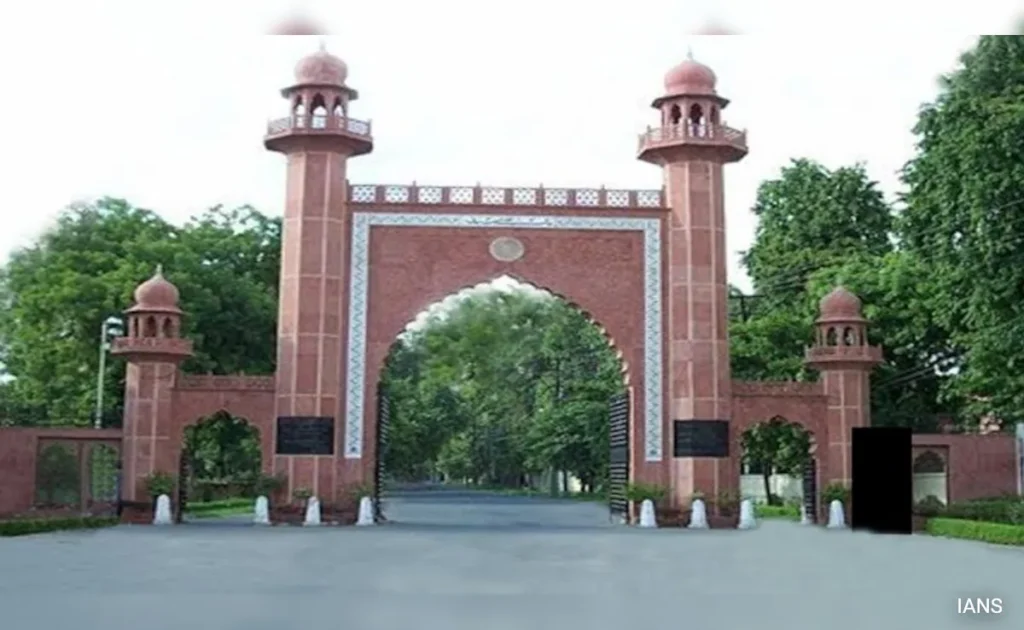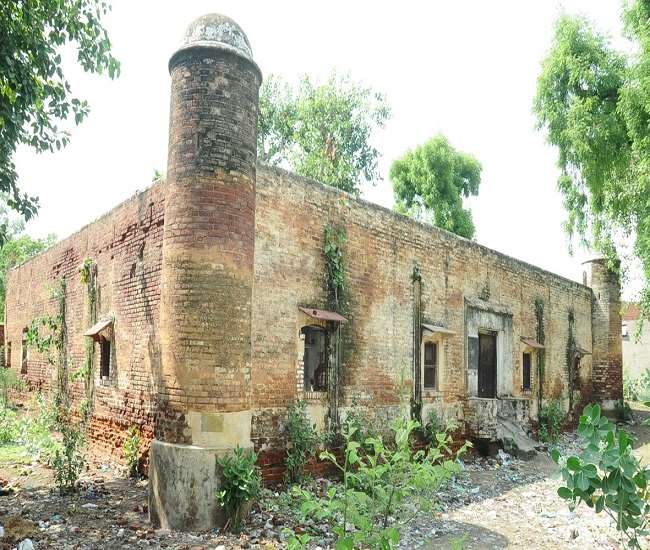
Situated in the center of Uttar Pradesh, a state in India, Aligarh is an ancient municipality where custom and change exist. The past of Aligarh provides an extensive overview of India’s advancement in culture and is well-known for its extensive legacy, eminence in higher learning, and social relevance. This city continues to be a pillar of transformation since its beginnings as Kol or Koil, the Aligarh involving and crucial conflicts like the war of 1803. Centuries of development, hardship, and understanding are captured in Aligarh’s histories in Uttar Pradesh.
Origins: The History of Kol or Koil
One must begin with Carbon, Aligarh’s first identity, in order to comprehend its history. The city was known by this name throughout antiquity and the Middle Ages. Although some sources point to even earlier beginnings, the history of Kol or Koil dates at least to the 12th century. Kol was a crucial division of governance both under the Rajputs and later under the Delhi Sultanate.
Kol was an important military and commercial garrison because of its advantageous location on the highway connecting Delhi with the central plains. Kol or Koil’s history is strongly linked to the influence of Buddhist and Jain customs, local folklore, and Hindu temples. After Muslim authorities arrived, the town eventually started to change both politically and culturally.
The Name Change of Aligarh
One of among the most intriguing aspects of Aligarh’s history is the name change. Originally called Kol or Koil, it underwent multiple renaming processes to represent shifts in power and identity. Throughout the time of the Mughal rulers, it was sometimes referred to as Ramgarh, India Under Najaf Ali Khan’s patronage, the city was renamed “Aligarh” in 1775 and further constructed in the mid-18th century.
This conflict was noteworthy for its ramifications as much as the military’s strategies. Aligarh’s war in 1803 symbolized the British East India The organization’s expanding might and the Marathas’ slow erosion of supremacy. This intense conflict, which established British rule over the northern portion of India, will always be associated with the origins of Aligarh Fort.
History of Aligarh Fort

The Aligarh Fort, also known as the Aligarh Qila, is a symbol of the city’s strategic importance. Originally built by Ibrahim Lodi in the early 16th century and later restored by French engineers during the Maratha period, the fort played a significant role in several battles, particularly during the Aligarh war in 1803.
Aligarh Fort has a political and architectural past. Its thick ramparts and distinctive moat-based security architecture inspired both dread and awe. During the administration of colonies, it served as an administrative hub and prison in addition to being a military stronghold. As so, the fort continues to be an important landmark in Aligarh’s existence in Uttar Pradesh.
Aligarh
Among the more widespread Indian uprising opposing British authority was the 1857 Aligarh Rebellion. The rebellion, known as the First War of Revolution in 1776, involved various Indian states, including Aligarh. Residents of the city as well as members of the armed forces equally strongly disapproved of the British administration.
As the 1857 Aligarh Rebellion grew, the city’s relationship to neighboring cities like Hathras and Bulandshahr also became more apparent. Fortunately, the rebellion ultimately went down in the end, it had a lasting effect. A cultural group that was more strategically aware and prepared to oppose colonial rule is reflected in Aligarh’s history after 1857.
The Aligarh Movement
The Aligarh Movement was a social revolution rather than merely an educational change. The organization, which was started by Sir Syed Ahmad Khan, sought for improvements in the socioeconomic standing of Muslims in British India. It supported modernism Islam, training in science, and logical thought.
AMU served as the focal point of the Aligarh Movement, which is which had a significant impact across the subcontinent. It inspired Muslims to welcome modernity while clinging to their heritage of culture. In this context, the letter H stands for ideas that are progressive, a sense of national awaking, and productive discourse.
Indeed, a lot of people believe that the Aligarh Movement set the stage for later societal and political transformations. Students from AMU were instrumental in the founding of Pakistan and the Indian National Congress, demonstrating its significance.
Cultural and Educational Impact
The history of Aligarh is a tale of cultural fusion in addition to conflicts and uprisings. The city features a blend of Hindu, Muslim, and colonial traditions. Aligarh became an intersection of cultures in North India due to its concentration of Islamic architecture, music of classical tradition, and Urdu literature.
The city became a center for academia as a result of Aligarh Muslim University’s contribution to fostering literary genius and discussions about literature. Here, thinkers like previous Indian President Zakir Husain and poets like Asrar-ul-Haq Majaz were molded.
Moreover, even into the 20th century, the Aligarh Movement fueled discussions about nationalistic sentiments, identity, and modernity. Thus, Aligarh’s history in Uttar Pradesh is as much about concepts as it is about actual occurrences.
Post-Independence Developments
Aligarh experienced fast industrial development and urbanization after 1947, particularly in the production of locks, which gained international acclaim. The city’s social fabric became increasingly complex due to new industries and migration patterns, even while it stayed anchored in its ancient cultural and educational heritage.
While AMU continued to have an impact on academics and policy, the history of Aligarh Fort and other historical sites are now included in sightseeing opportunities.Cultural events are held to honor the Barely, and military academies study the Aligarh fight of 1803.
Since old titles like Koil are still used locally and in records, the renaming of Aligarh is still controversial in some quarters. Each of these levels makes a significant contribution to Aligarh’s history in Uttar Pradesh.
Summary
Aligarh’s history is more than just the tale of a city; it provides a window into India’s larger trajectory, from prehistoric times to colonial domination, independence, and beyond. Every chapter contributes depth and significance to the legacy of this city, whether it be the History of Kol or Koil, the Ferocious of, or the Visionary Aligarh Revolution.
The history of Aligarh Muslim University is one of tenacity, reform, and rebirth. From the Aligarh Rebellion of 1857 to the following its independence. institutional changes, Aligarh has had a significant global influence and is a lasting emblem of the Align.
We are traversing not just a city but also layers of history that have molded not only a region but a whole country as we make our way through Aligarh’s passageways today.





